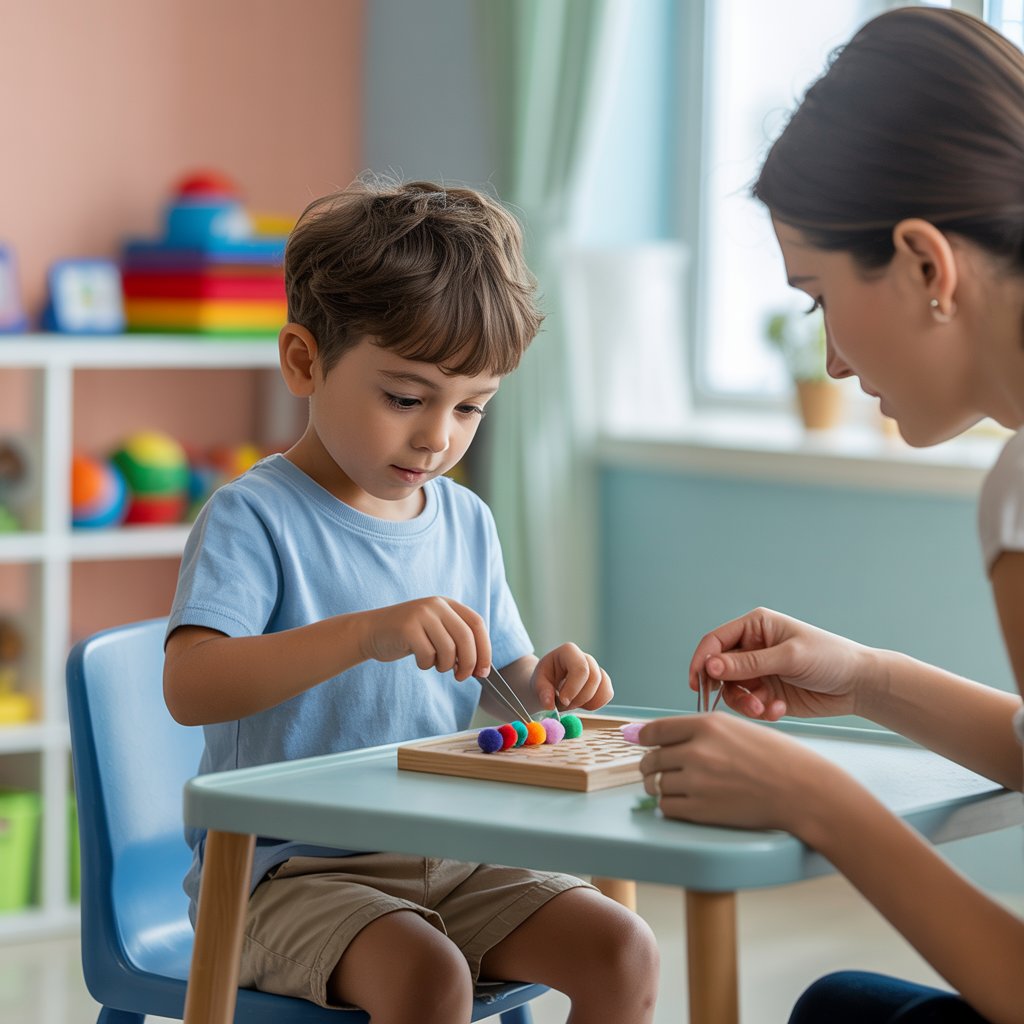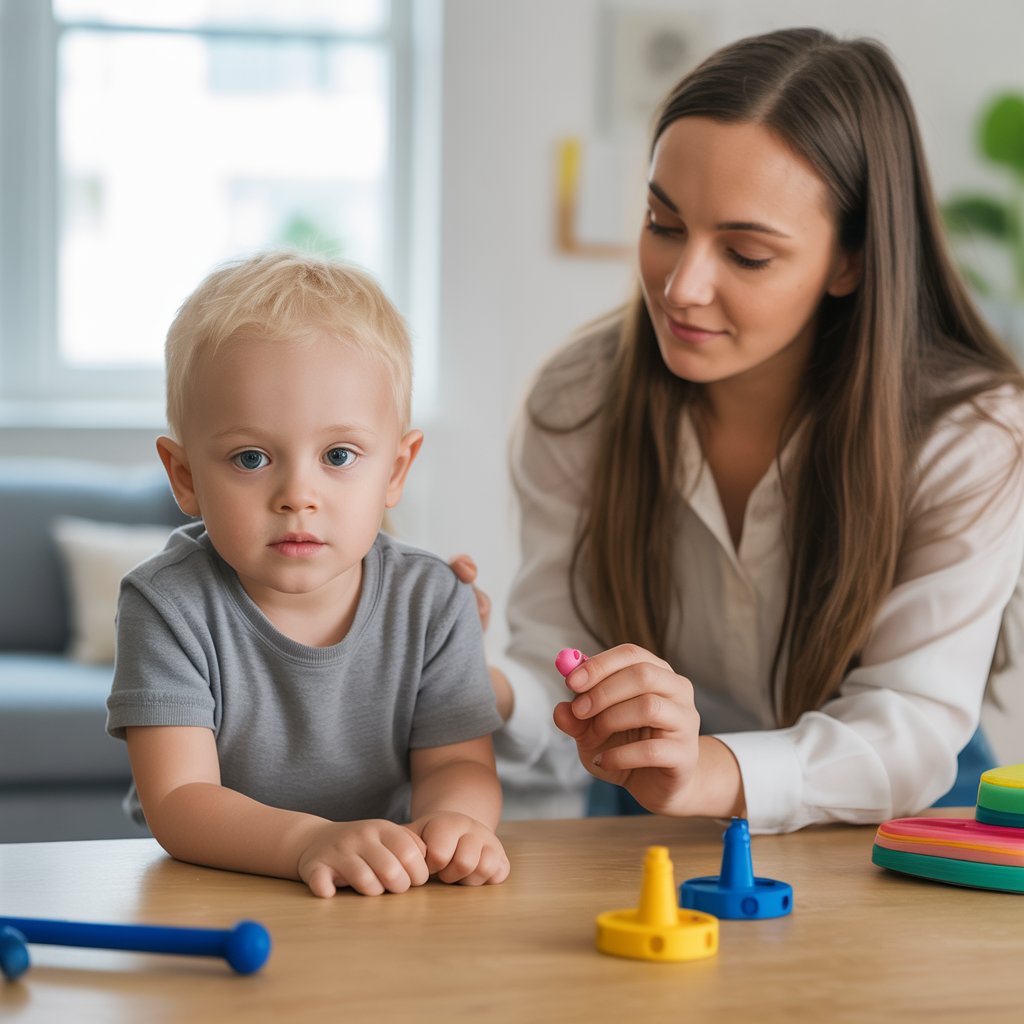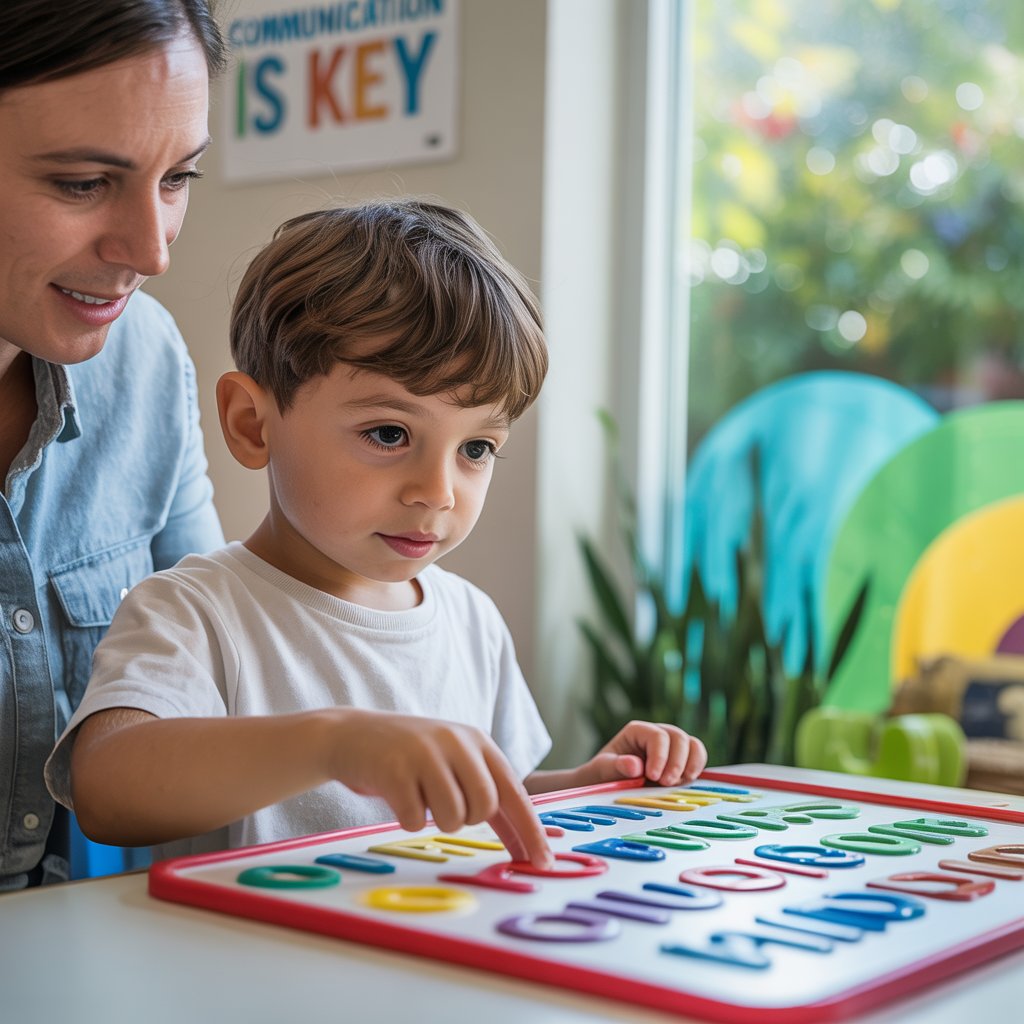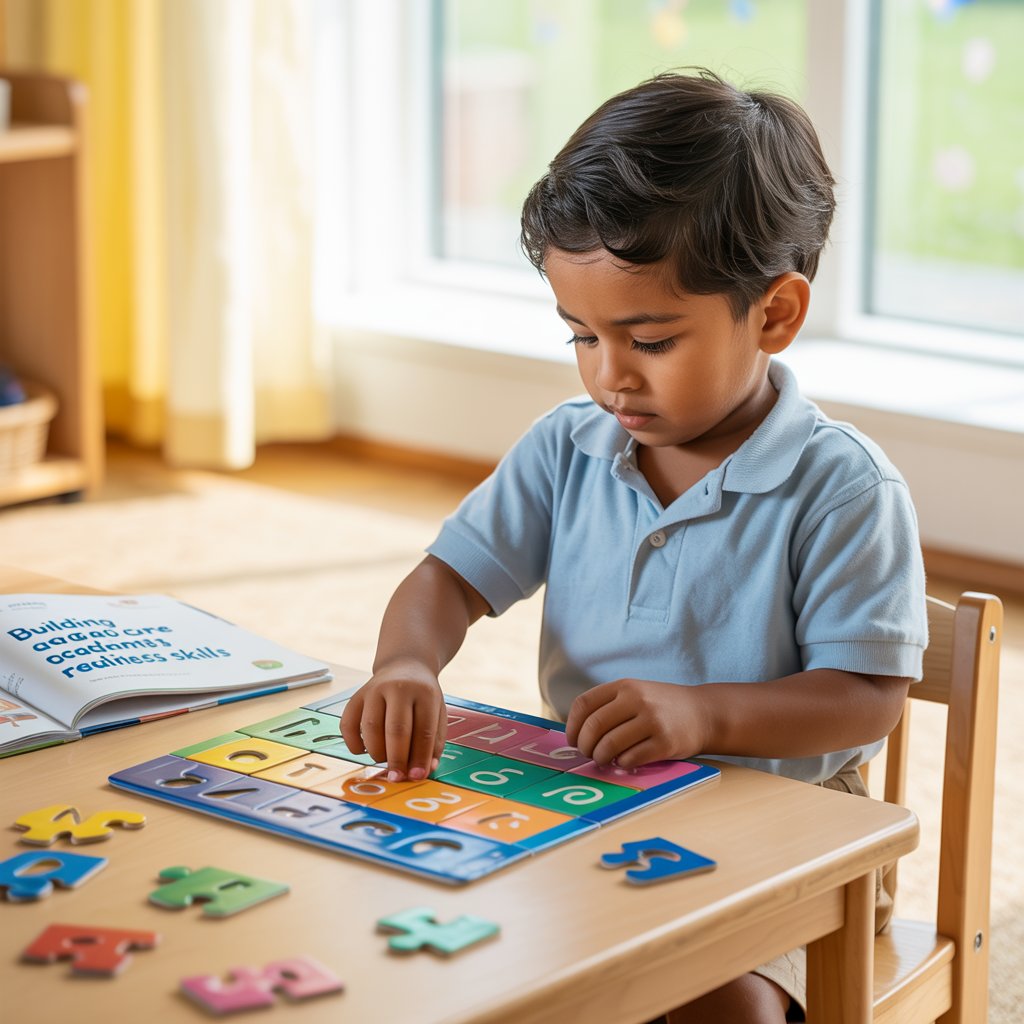Creating Supportive Environments for Skill Development

Setting up autism-friendly spaces for practice
The space where your child practices fine motor skills matters a ton. Kids with autism often need environments that minimize distractions while maximizing comfort. Start by creating a dedicated area with good lighting and a comfortable seat that supports proper posture. A wobbly chair isn't going to help anyone!
Choose a quiet corner away from household traffic, TV noise, or bright windows. Use room dividers or a small tent if needed - these can create cozy, defined boundaries that help your child focus. The table surface should be clear of unnecessary items, with only the materials needed for the activity at hand.
Storage matters too. Clear bins with picture labels help kids independently access and return materials, building autonomy alongside motor skills.
Adapting school and home environments
Home and school need different approaches, but consistency between them helps tremendously.
At home:
- Use visual schedules showing when fine motor activities happen
- Create easy-to-access "skill stations" with favorite activities
- Modify tools with special grips or weighted options
For school settings:
- Request preferential seating away from high-traffic areas
- Send in adapted tools your child uses at home
- Share successful strategies with teachers
- Ask about an OT corner in the classroom
The goal isn't identical environments but complementary ones that reinforce the same skills with familiar supports.

Managing sensory challenges during fine motor activities
Many kids with autism struggle with sensory issues that directly impact their fine motor progress. The sticky clay that neurotypical kids love might feel utterly intolerable to your child.
Common sensory barriers include:
- Tactile defensiveness (disliking certain textures)
- Gravitational insecurity (fear when body position changes)
- Visual overstimulation
- Noise sensitivity during group activities
Smart adaptations make all the difference:
- Introduce textures gradually, starting with preferred sensations
- Offer compression gloves for activities involving messy materials
- Provide noise-canceling headphones during concentrated work
- Use weighted lap pads for body awareness and grounding
- Consider lighting adjustments (natural light or reducing fluorescents)
The key is observing what triggers discomfort and addressing it before frustration builds.
Building routine and consistency into practice sessions
Autism and unpredictability don't mix well. A consistent approach to fine motor practice creates security that allows focus on skill-building rather than anxiety.
Effective routines typically include:
- Same time each day when possible
- Visual timers showing session length
- A predictable sequence (warm-up, main activity, cleanup)
- Transition warnings before ending
- Celebration rituals for progress
Keep sessions short but frequent - 10 minutes of focused practice beats an hour of frustration. End each session on a positive note with a preferred activity or small reward.
Remember that consistency doesn't mean boring! Within your routine structure, rotate activities targeting the same skills to maintain interest while building mastery through repetition.







